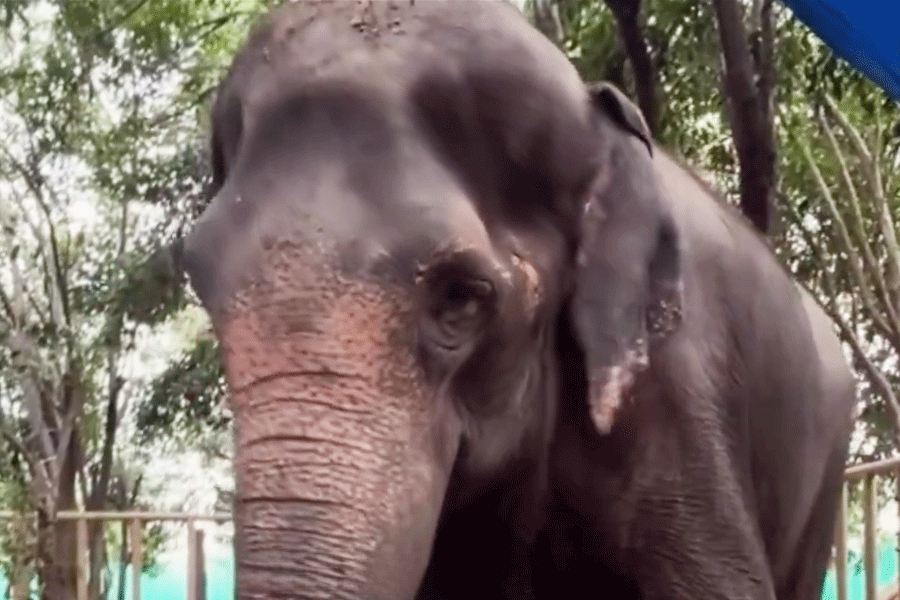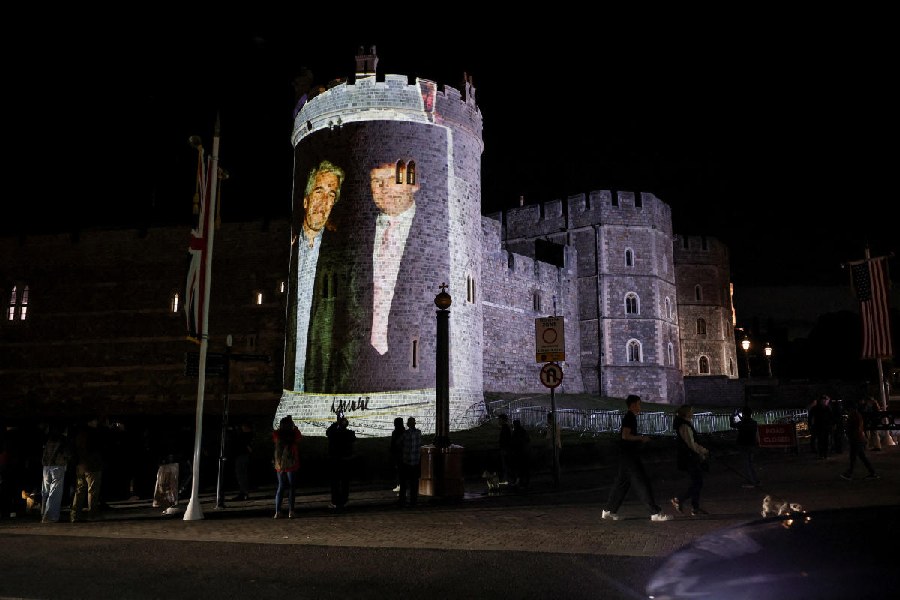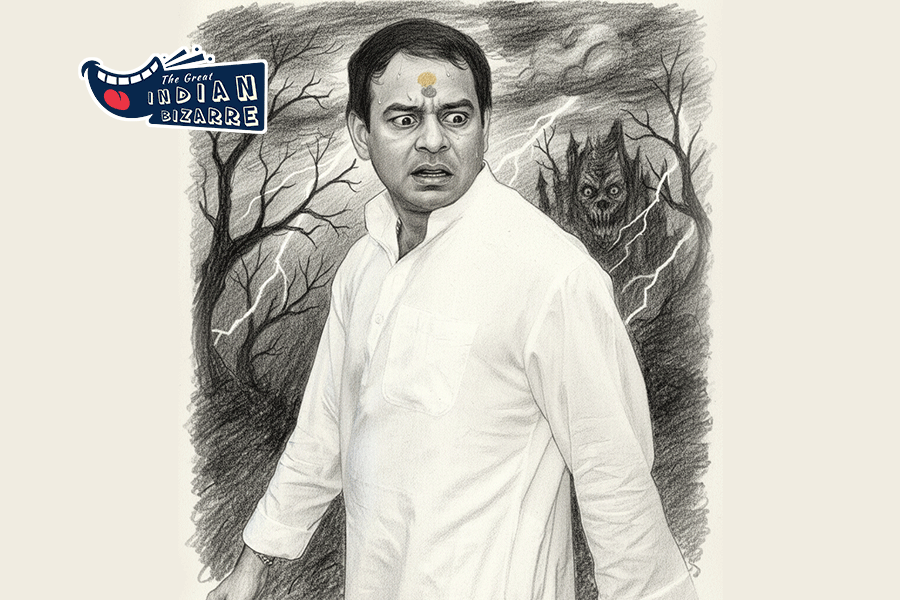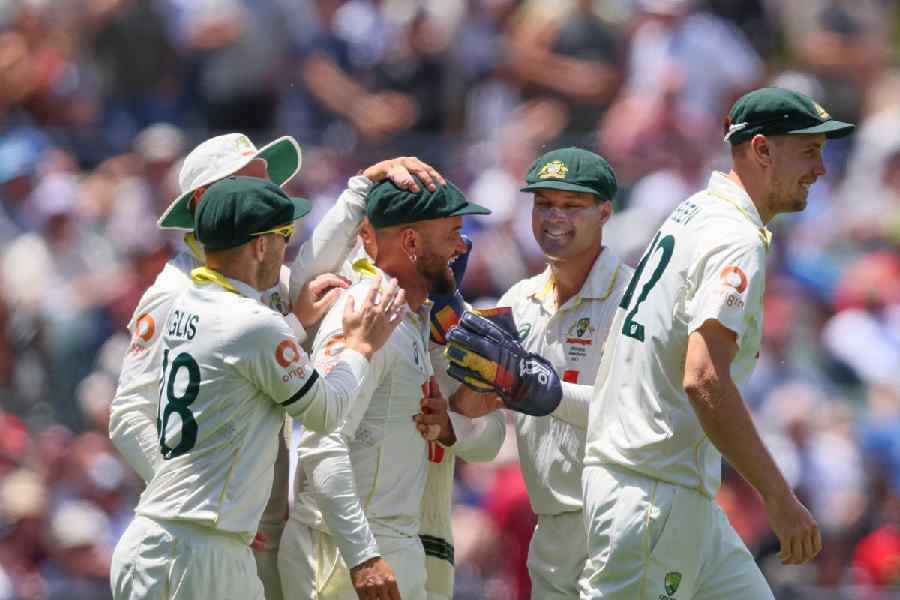Patna, July 10: The serial blasts at Bodhgaya have prompted the Archaeological Survey of India (ASI) to approve a proposal to restore a railing of the Mahabodhi Mahavihara on a priority basis.
Based on a recent request by the Bodhgaya Temple Management Committee (BTMC), M.S. Chouhan, the superintending archaeologist, Patna circle, said he would send the proposal to the headquarters at New Delhi for a final approval.
Sources said that ASI headquarters had given an in-principle agreement for restoration of the inner railing and it would take around one-and-a-half years to complete the work. BTMC had sent the preliminary proposal to repair the outer boundary wall around the shrine premises and the inner railing around the main temple to ASI in 2009.
“The railing around the main temple has worn out at many places and the BTMC wants ASI to carry out restoration work on a priority basis. The railing includes several ancient pillars and stone sculptures, which are part of the original shrine structure. The estimates for the work have been prepared by our local office at Gaya and a formal proposal in this regard would be sent to our headquarters in Delhi prior to commencement of restoration work,” said Chouhan.
Chouhan, a former superintending archaeologist of ASI’s Mumbai circle, took charge of Patna circle in the same capacity on Tuesday.
Nangzey Dorjee, a member secretary of BTMC, told The Telegraph on Wednesday: “No progress was made against the initial proposal in later years owing to various administrative reasons. We have now asked ASI to take up the restoration work on the inner railing, to which they have verbally agreed to. Restoration of the outer boundary wall would be taken up at a later stage.”
According to records with BTMC, prior to 1953, there were no boundary railings surrounding the main temple, except for several Asokan pillars. While most of these pillars are in the Bodhgaya Museum, a few of them were used in the construction of inner boundary railings. The existing pillars, a replica of the Asokan structures, were erected between 1975 and 1986.
“The inner railing is made of cement and concrete. As the concrete structure wears out more easily, we want a permanent solution by replacing the cemented parts with sandstone. Funds for the restoration work would be given by the committee only,” said Dorjee.
However, both the ASI and BTMC have claimed that the world heritage site of Mahabodhi Mahavihara has not sustained any structural damage owing to the serial blasts on Sunday. “Fortunately, there has not been any damage anywhere to the original structure. There is only a minor scratch on the large footstep of Buddha near the Bodhi tree, which BTMC itself can restore. We have already restored one of the votive stupas that got damaged during the explosions. The Bodhi tree and its railings are intact,” said Dorjee.
ASI sources claimed that an ancient statue of the Buddha got displaced from its original position near the Bodhi tree because of the explosion. “If the BTMC wants then ASI can put the statue back to its original position and carry out further inspection on it or the same work can also be undertaken by the committee,” said Chouhan.











